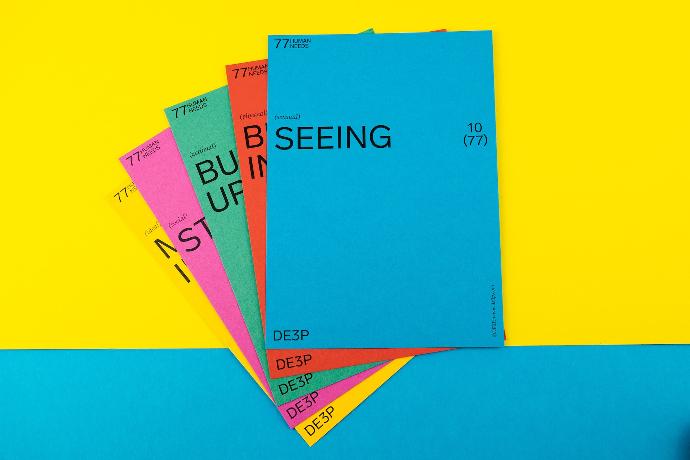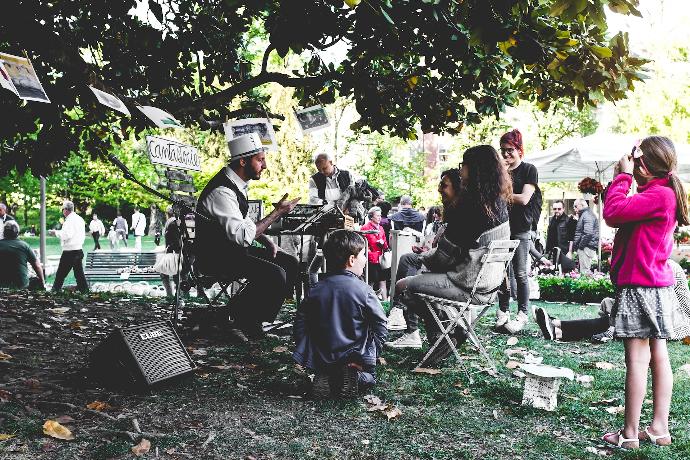Customer Journey Mapping
Customer journey mapping and user stories are related in that they both provide valuable insights into the user's experience and can be used together to create a more holistic view of the user experience.
Customer journey mapping provides a high-level view of the user's experience with a product or service, while user stories provide a more detailed description of the user's needs and goals at each stage of the journey. By using these methodologies together, product teams can gain a deeper understanding of the user experience and develop more effective solutions to meet user needs.
Using Customer Journey Mapping and User Stories for Better Product Development
Developing a product that meets the needs of your target audience can be a complex and challenging process. One way to gain insights into the user experience is through the use of customer journey mapping and user stories.
These two methodologies can be used together to create a more holistic view of the user's needs, goals, and pain points.


Unique User Needs
Both user stories and customer journey mapping are centered around the user's needs and experiences. They help the product development team to understand the user's pain points, challenges, and preferences, which are critical for developing products that solve real problems.

Dynamic Storytelling
Both techniques involve storytelling. User stories are brief narratives that describe the user's goals and objectives, while customer journey maps are visual representations of the user's experience with a product or service over time. Storytelling is a powerful tool for engaging the product development team and fostering empathy for the user.

Iterative Design Process
Both techniques are iterative and evolve over time. User stories and customer journey maps are living documents that are updated as new insights and feedback are gathered. The goal is to continuously improve the user experience and ensure that the product meets the user's needs.